nesthello
Latest
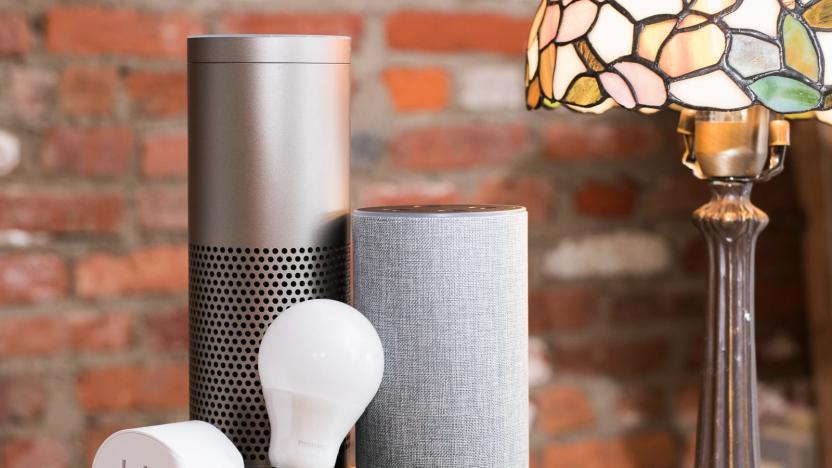
The best Alexa-compatible smart-home devices for Amazon Echo
By Rachel Cericola This post was done in partnership with Wirecutter. When readers choose to buy Wirecutter's independently chosen editorial picks, Wirecutter and Engadget may earn affiliate commission. Read the full guide to Alexa-compatible smart-home devices for Amazon Echo. Imagine walking into your home at night, arms overflowing with groceries. Even if you've installed smart lights, you'd need to put the bags down, pull out your phone, unlock it, open the app, find the control for the lights you want, and then tap the icon—might as well just stick with a plain old wired switch. But with an Alexa, you simply say, "Alexa, turn on the kitchen lights." And it's not just lights; Alexa is capable of controlling everything from basic smart plugs to garage doors. All three smart-speaker platforms (Alexa, Google Assistant, and to a lesser degree, Siri) can control a variety of smart-home devices and add an extra level of convenience to your smart-home system. We think Amazon's Alexa has a slight edge over the others because it works with more devices, and the wider family of Amazon Echo products makes it easier to fit them everyplace in your home. However, if you already have a Google Home speaker, the differences aren't large enough for you to need to switch platforms. We have guides for the best devices to use with Google Assistant and Siri/HomeKit. The Amazon Echo (or Echo Dot) offers a convenient interface for your smart home and provides functionality that an app on your phone can't. If you already have some Alexa-compatible devices or one of the three major smart-home hubs (SmartThings, Wink, or Insteon), adding an Echo can make accessing those devices more interesting and convenient. Taking advantage of its near-instantaneous response time and reliable voice-recognition processing is significantly faster than pulling out your phone and opening an app just to turn the lights on or off. Some products, such as Philips Hue lights and Nest thermostats, have native Alexa support, while others require you to enable a third-party skill. We tested plenty of both varieties to come up with the best-performing and most reliable recommendations, which we're continually testing to ensure that each new firmware and app update meets our high standards. Over the past several years, Wirecutter's editors and writers have tested just about every smart-home device of consequence. As more people end up buying smart speakers and platform support gets more and more important, we wanted to provide one place where you could access all of our picks that are compatible with the devices you already own, across all of our smart-home recommendations. Because these devices receive regular updates with additional compatibility and new features, we are continually testing and reevaluating our picks in our own homes to confirm that they still meet our recommendation standards. We'll update this guide as we learn new information, but be sure to read the full reviews if you'd like more details and test notes. If you don't yet have an Alexa-enabled device, or you want to learn more about what Alexa is and what you can do with these things, check out our full guide to Alexa and Amazon's Echo line of smart speakers.
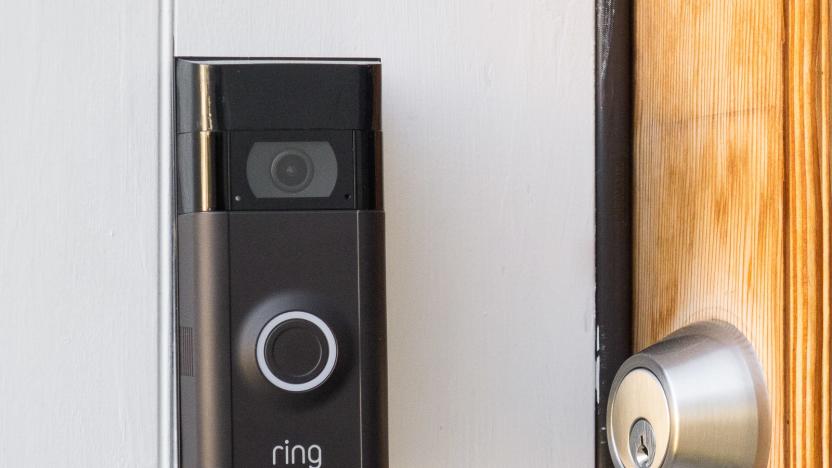
The best smart doorbell camera
By Rachel Cericola, Jon Chase and Stacey Higginbotham This post was done in partnership with Wirecutter. When readers choose to buy Wirecutter's independently chosen editorial picks, Wirecutter and Engadget may earn affiliate commission. Read the full guide to smart doorbell camera here. If you want to see who's on the other side of your door without having to get up and look yourself, then the Ring Video Doorbell 2 is the best choice for most everyone. It lets you screen (and record) visitors and keep an eye out for package deliveries. Motion and ring alerts to a smartphone are typically fast, audio and 1080p video are clear, and the Ring 2 can be powered by either standard doorbell wiring or a removable rechargeable battery. The Ring Video Doorbell 2 performs like a cross between a modestly aggressive guard dog and a trusty digital butler. In addition to notifying you—audibly and via smartphone—of activity, it records all motion events to the cloud, letting you view those recordings (as well as live video) on your phone or computer any time. It's also compatible with a good number of smart-home devices, platforms, and monitored security systems. Though video recording and storage require a subscription, the $30 annual fee (a mere 8¢ per day) for 60 days of unlimited video storage is downright cheap compared with the competition. We like the Ring Video Doorbell Pro for all the reasons we like the Ring 2. Additionally, it has a much slimmer and sleeker design that will fit in more doorframes and includes the option for customized motion-detection zones. However, it's more expensive and requires a hardwired connection to your home's doorbell system in order to function—its slimness comes from dropping the Ring 2's battery pack. The only other difference is that it uses video analysis for motion detection in addition to infrared. This means you're less likely to get bothered by false triggers from waving tree branches and shadows. Nest's Hello is the slimmest and most advanced DIY doorbell cam we've tested and the one to get if security is your primary concern. Unlike most smart doorbells, it records and stores video 24/7. (Ring doorbells only record when motion is detected.) For easy access, Nest's cloud service also automatically tags clips that include motion or people, using facial recognition software to learn and identify who is coming and going—although in our testing this feature wasn't very reliable. This comprehensive approach comes with an elevated price, however: A Nest Aware subscription, which is essential for video recording, costs $5 a month to store five days of video for a single camera, $10 for 10 days, and $30 per month for 30 days—placing it in line with the cost of home-security services. The audio quality and 720p video of the original Ring Video Doorbell are noticeably worse than what you get from the Ring 2 and Nest Aware—it's fine for monitoring your door but less useful for security. However, it costs about half the price of those doorbells, and it still has the basic features that any connected doorbell should have, including motion detection, video and audio recording, and the option to see (from your smartphone or tablet) a live view of who's at your door, day or night. And because it can run on batteries, it's easy for renters to install, though recharging is a hassle, and notifications are slightly slower on battery power. Like the Ring 2, it requires a $30 yearly subscription to store videos for later viewing.
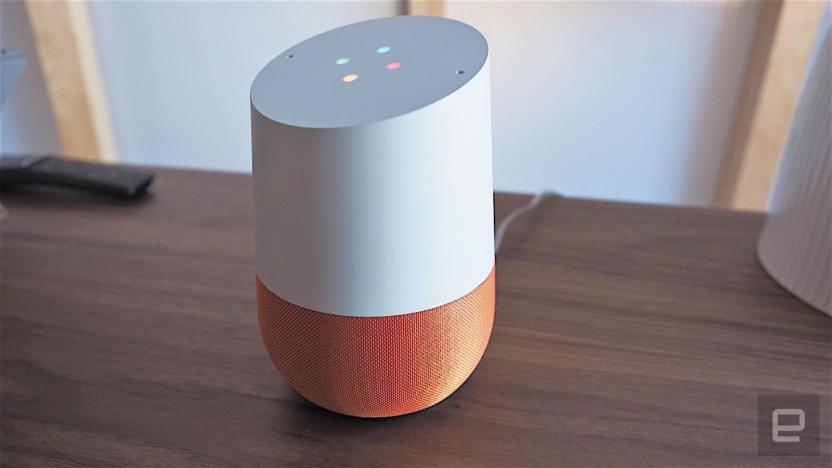
Google Assistant now works with every major smart home device brand
Google's I/O developer conference is happening next week, and it'll be just about two years since the Google Assistant was first introduced. As such, the company is taking some time to announce a few new features, all of which are meant to expand the Assistant's usefulness in a smart home.
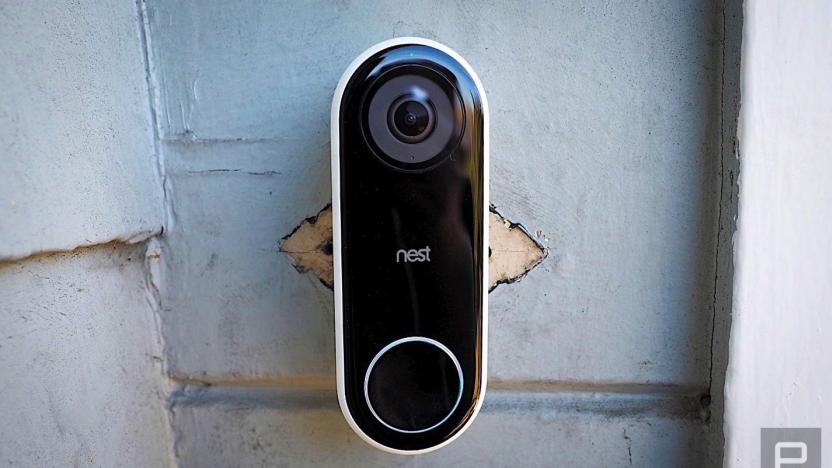
Nest Hello review: A premium doorbell for the paranoid homeowner
Last September, Nest introduced several new offerings aimed at beefing up your home security. There was the Nest Secure alarm system, an outdoor version of its Nest Cam iQ and the Nest Hello, its first-ever video doorbell. The Hello is obviously Nest's answer to Ring, a competing video-enabled doorbell brand which has since been snapped up by Amazon. The Hello, however, is a little different, with features like facial recognition, continuous video recording and HDR video. But getting the most out of it requires a subscription, and at $229, it's not cheap. Still, if the idea of a video doorbell intrigues you and you're ready to commit to a Google-and-Nest ecosystem, the Hello certainly fits the bill.
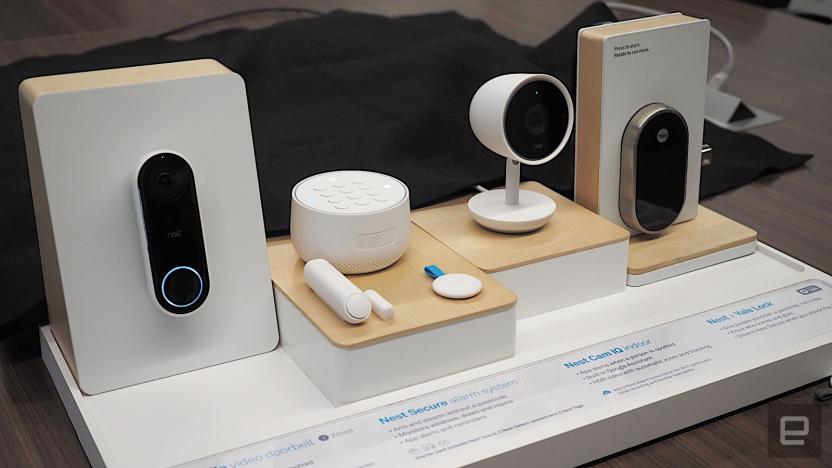
Nest's $229 video doorbell is a useful addition to its ecosystem
Last September, Nest introduced several products to its connected home lineup: the Nest Secure home security system, the Nest Cam IQ Outdoor and the Nest Hello video doorbell. While both the Secure and the IQ outdoor cam have been out for a few months, the Hello had not come to market yet. That is, until now. Both the Hello and the previously-announced Nest x Yale Lock are now officially available for $229 and $249 respectively. Oh, and Nest is introducing something today as well: the Nest Temperature Sensor.

Nest's vision of the secure home is rooted in simplicity
Nest is officially in the home-security business. At a press conference in San Francisco today, the company introduced a slew of devices: a video doorbell, an updated outdoor camera and a security system that includes a keypad base, a motion sensor and a keychain fob. For a company that's already so synonymous with the connected home, having it all integrated into one system makes a lot of sense.

Nest introduces Hello, its first video doorbell
It was just a few weeks ago that Nest introduced the E, a budget version of its smart thermostat; just a couple of months before that it unveiled the new Nest Cam IQ. But the company isn't not done announcing new products just yet. At an event in San Francisco this morning, Nest unveiled another new product: the Nest Hello, its first-ever video doorbell.

